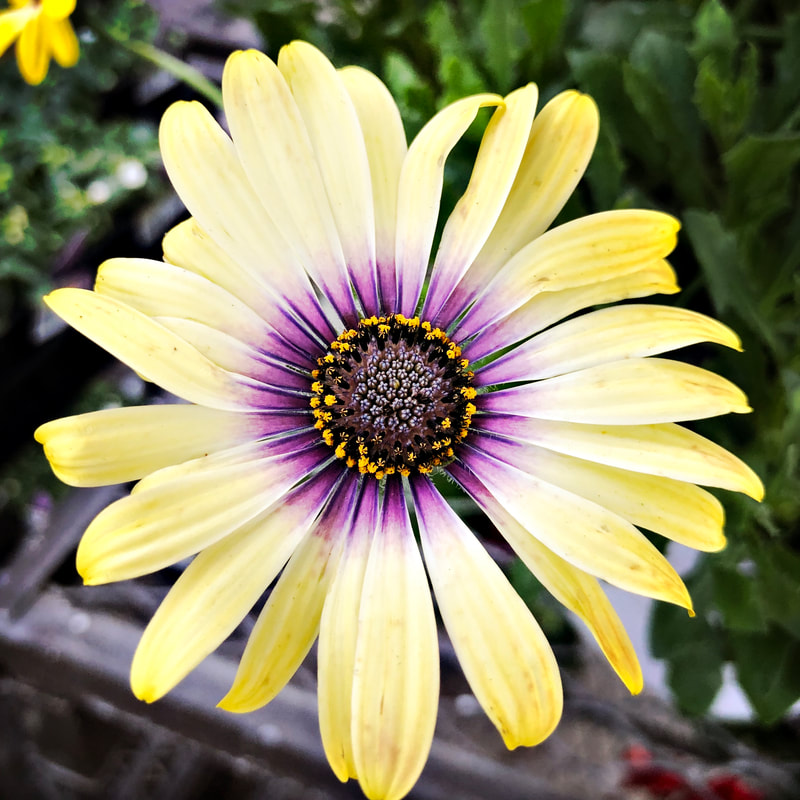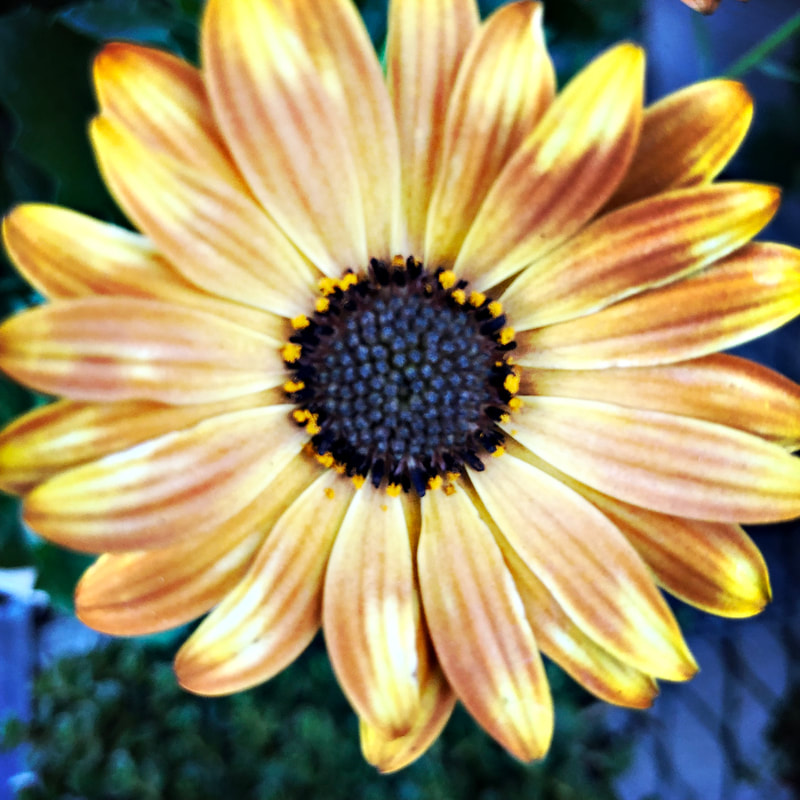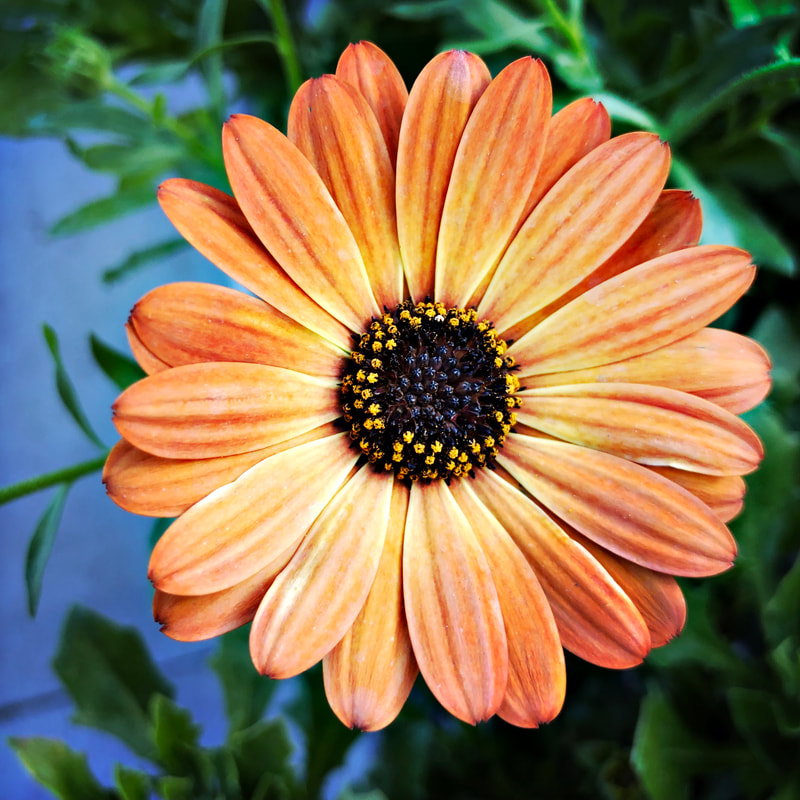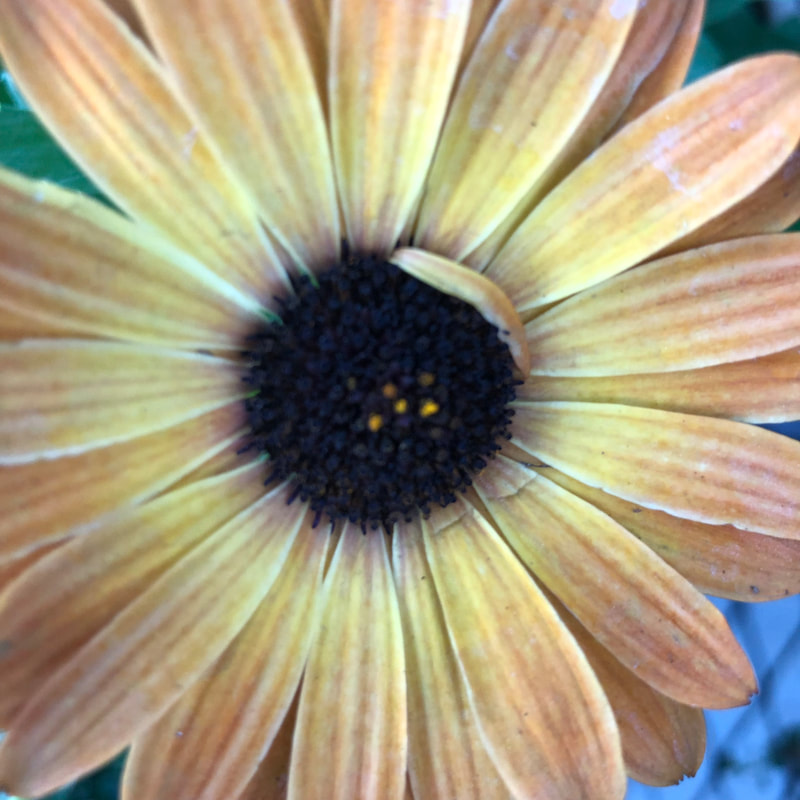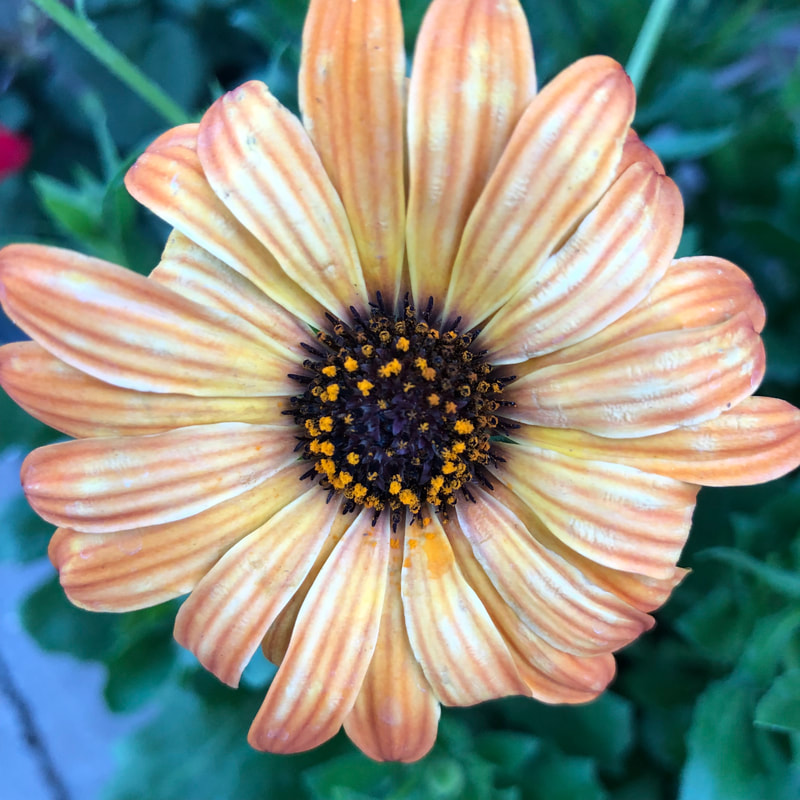The Slippery Slope:
Ideals and Ethical Issues in High Altitude Climbing Narratives
Lynn Z. Bloom
6.1
|
Narratives of climbing Mt. Everest, the world’s highest mountain (29,029’) and Annapurna (26,545’) are not straightforward stories of an arduous trek up and down. No mountain climbing story, full of switchbacks and surprises and rife with the potential for symbolism and metaphor, can be that simple, especially for readers in competitive Western cultures, with high stakes for getting to the top. Our imaginations feast on long distance views of this magnificent mountain, pristine, white, cold, remote. Invisible to romantic viewers is the detritus—20,000 pounds generated in this year’s climbing season, “crowds jostling for pictures,” ten deaths during the May 2019 traffic jam at the peak, and other dead bodies emerging as the ice melts at twenty inches a year (Schultz; Sharma and Schultz). Click here to continue reading.
|
The Performance of Epistemic Agency of the
Autobiographical Subject in Terry Tempest Williams’s
When Women Were Birds: Fifty-four Variations on Voice
Tanya Bomsta
6.1
|
In the beginning of When Women Were Birds: Fifty-four Variations on Voice, Terry Tempest Williams’s mother, a week before her death, bequeaths to Williams her many journals. “I am leaving you all my journals,” her mother tells her. “But you must promise me that you will not look at them until after I am gone” (3). Williams promises to wait; one month later, after her mother has passed away, Williams retrieves the many journals and sits down to read through her mother’s life narrative. But when she opens the journals she discovers, to her shock, that every single one is blank (4). The remainder of the book is a personal and philosophic inquiry into what this act of keeping empty journals might have meant, and what implications it has for the concepts of voice and silence. Moreover, as a work of autobiographical creative nonfiction, it engages with these newly understood concepts and the revelation of the empty journals with an eye towards self-understanding. The journals act as both as a disruptor of Williams’s previous conceptions of herself, including her understanding of her own writing, her voice, and her silences, and as a catalyst for seeking self-knowledge. As she investigates meanings and concepts, Williams’ character becomes an inquirer, processor, transformer, and creator of knowledges. The investigative nature of her narrative is not merely a process of searching for knowledge, but an act of creating it. Click here to continue reading.
|
Querying and Queering Caregiving:
Reading Bodies Othered by Illness via Porochista Khakpour’s Sick: A Memoir
Lorna Hummel
6.1
|
The word diaspora is often reductively defined as an escape, “the dispersion of any people from their original homeland.” Leah Lakshmi Piepzna-Samarasinha’s poem, “diaspora,” from her volume Bodymap, names diaspora differently: “to be in diaspora, maybe you are always a ghost always missing something…”. Through my experience with diaspora and transnational studies, especially thanks to Gayatri Gopinath, I have come to define diaspora much more broadly, something more akin to the “ghost always missing something” that Lakshmi describes. Gopinath expresses a “dissatisfaction with standard formations of diaspora that inevitably foreground the nation as the primary point of reference,” and thus proposes an alternative cartography (Gopinath 4). This new kind of theoretical mapping “rejects dominant cartographies that either privilege the nation-state or cast into shadow all those spaces, and gender and sexual formations, deemed without value in the map of global capital” (4). This mapping extends to queered, othered, and alternative bodies and formations (physical and psychological), including those othered by illness and disability. For Gopinath, and for the purposes of this study, “‘queerness’ here names a state of being out of place and disoriented in the landscape of heteronormativity” (21). This notion of disorientation is often expressed by individuals with “unruly” bodies, bodies that defy the heteronormative definitions of health and wellness and refuse to be disciplined into normative ways of “well-being.” One such voice is evident in Porochista Khakpour’s 2018 memoir, Sick, labelled on the back cover her “grueling, emotional journey” as a woman, an Iranian American, a writer, and a chronically ill person. The memoir thus navigates her queer diaspora: her attempted escape from the hegemonic constructs that define her existence as a disabled-and-suffering woman of color. Click here to continue reading.
|
Tell Tale Interviews:
Lessons in True-Life Trauma Narratives Gleaned from Jennifer Fox’s The Tale
Laura Valeri
6.1
|
In spite of the fact that the film is what Fox calls “a fictional” memoir, or, how some critics prefer to call it, a dramatized memoir, The Tale successfully exposes concealed truths about the nature of abuse and the slippery psychology behind both predator and prey with methods that reflect the writer/director’s decades-long work with documentary film and nonfiction writing. Relentless in its interrogation of memory, exposing every false perception against the facts—photos, diary entries, interviews with the people who experienced that childhood event with her --The Tale is less a story about the evil of sexual abuse then it is a study on perception and identity, on a survivor’s nearly endless talent for self-deception, and on the webs of complicity that can easily spin between prey, predator, and everyone in between—teachers, parents, etc.—to trap even a well-adjusted young girl from a solid family into an abusive situation. Click here to continue reading.
|
Under the Skin: An Exploration of Autotheory
Arianne Zwartjes
6.1
|
Autotheory is work that engages in thinking about the self, the body, and the particularities and peculiarities of one’s lived experiences, as processed through or juxtaposed against theory—or as the basis for theoretical thinking. It strips the pretension of neutrality, of objectivity, away from the theorizing voice. Often discursive, it offers us a thought-provoking, multivalent kind of hybridity, one unafraid to mix theory with creativity and lyricism, and with the graphic details of one’s very specific physical experience. Lauren Fournier, whose dissertation investigates autotheory, defines it as “contemporary works of literature, art, and art-writing that integrate autobiography and other explicitly subjective and embodied modes with discourses of philosophy and theory in ways that transgress genre conventions and disciplinary boundaries” (“Autotheory”). The term was used, if not coined, by Stacey Young in a chapter of her 1997 Changing the Wor(L)D: Discourse, Politics, and Feminist Movement, where she investigates writing that attempts “to counter discourses that homogenize ‘women,’ and that reify the concerns and strategies of relatively privileged women, with other discourses that center on the experiences and perspectives of women traditionally marginalized on the grounds of race, class, ethnic or religious background, sexuality, physical ability, and so forth” (61). Young labels the genre of those counter-discourses autotheoretical, and notes that such texts—a hybrid of theory and autobiography—are documentation of a kind of “discursive political activism” which is critically intersectional and feminist. Click here to continue reading.
|

